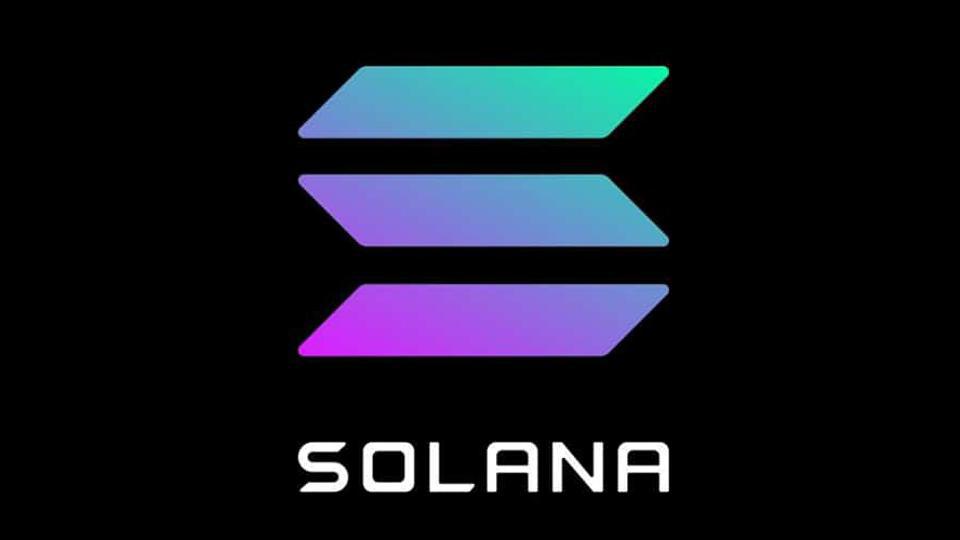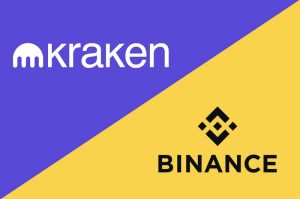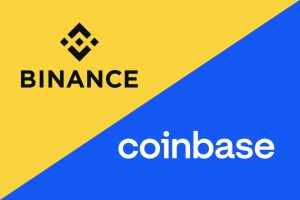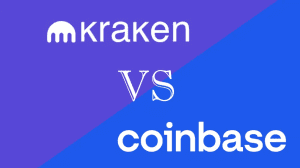What Is Solana (SOL) and How Does It Work?

Solana has established itself as a notable player in the blockchain game, offering a unique blend of high-speed performance and innovative consensus mechanisms.
In this comprehensive guide, we’ll explore the inner workings of Solana, its history, benefits, drawbacks, and key features. Additionally, we’ll explain everything about SOL, Solana’s native cryptocurrency, and provide insights into how to acquire it.
And we cover it all using plain English – no technical jargon.
Solana (SOL) Explained – Short Summary
Read the main talking points from our guide.
- Solana is a blockchain platform known for its high-speed performance and innovative consensus mechanisms.
- Its history dates back to 2017, when Anatoly Yakovenko envisioned a blockchain to tackle scalability, security, and decentralization issues. It officially launched in 2020.
- Solana’s speed reflects its unique consensus mechanisms: Proof of History (PoH) introduces timestamps, and Delegated Proof of Stake (DPoS) involves validators chosen by token holders.
- Pros include high speed, scalability, low fees, and energy efficiency. However, its complexity and potential centralization are cons.
- Solana’s native cryptocurrency is SOL, which you can acquire through exchanges.
Introduction to Solana
Solana is a blockchain platform that stands as a testament to innovation and improvement compared to its predecessor, Ethereum. Inspired by the coastal city of Solana Beach in Southern California, the cryptocurrency SOL is the brainchild of Anatoly Yakovenko, a visionary software developer.
The inception of Solana dates back to 2017, when Anatoly Yakovenko envisioned a blockchain that could conquer the trilemma of scalability, security, and decentralization. The culmination of this vision arrived in March 2020 with Solana’s mainnet launch, drawing attention for its impressive throughput and economical transaction fees.
Simultaneously, the native cryptocurrency SOL rolled up to the ecosystem. Today, SOL has ascended the ranks of cryptocurrencies, securing its place as a top-10 coin by total market capitalization.
How Solana Works
At the heart of Solana’s exceptional speed lies its distinctive consensus mechanism known as Proof of History (PoH), in tandem with Delegated Proof of Stake (DPoS).
PoH introduces a cryptographic clock that conveys a historical record of each transaction, establishing order without the computational intensity typical of other systems. This innovative approach drastically enhances efficiency. Complementing PoH, DPoS involves token holders delegating their holdings to validators responsible for transaction validation and network maintenance.
Proof of History
Proof of History serves as a foundational breakthrough within Solana. It is a cryptographic technique designed to create a verifiable record of historical events. Hence, it facilitates agreement among network nodes on transaction order. Notably, PoH introduces this chronological aspect without demanding extensive computational effort, aligning with Solana’s emphasis on efficiency.
Delegated Proof of Stake
Solana’s utilization of Delegated Proof of Stake (DPoS) signifies a departure from traditional consensus mechanisms. In DPoS, token holders select validators who undertake transaction validation and network security duties.
While enhancing scalability compared to Proof of Work (PoW), DPoS also introduces concerns regarding potential centralization when validator power becomes disproportionately concentrated.
Pros
- Speed and scalability: Solana’s architecture boasts a remarkable transaction rate of 65,000 per second, setting a new standard for rapid transactions.
- Low fees: The inherent efficiency of Solana translates into nominal transaction fees, catering to both developers and users.
- Energy efficiency: Solana distances itself from energy-intensive PoW mechanisms, focusing on energy efficiency.
Cons
- Complexity: While Solana’s architecture is ingenious, it may present a learning curve for those new to blockchain technology.
- Centralization risk: Critics express concerns over the potential centralization arising from concentrated token ownership among validators in the DPoS system.
Solana vs. Ethereum: A Comparative Analysis
Solana and Ethereum, two eminent blockchain platforms, share specific attributes while diverging in crucial aspects:
- Smart contracts: Both platforms support smart contracts, self-executing programs that are essential for NFTs, dApps, and DeFi platforms.
- Speed: Solana’s transaction throughput far exceeds Ethereum’s, culminating in expedited transactions.
- Consensus: Solana’s PoH and DPoS differ from Ethereum’s Proof of Stake.
- Scalability: Solana’s architecture achieves heightened scalability, albeit with potential centralization concerns.
- Adoption: Ethereum’s established ecosystem contrasts with Solana’s swift rise, marked by burgeoning adoption.
SOL and How to Buy It
SOL, the native cryptocurrency of Solana, serves as the linchpin for transactions, governance, and staking within the network. Acquiring SOL involves a step-by-step process, starting with choosing a reputable exchange that supports SOL. Binance, Coinbase, and Kraken are top pltaforms.
Then, you must register, complete your ID verification, and secure your account. Once complete, deposit a fiat currency (e.g., USD or EUR) into your exchange to fund your account. You will use these funds to buy SOL at the prevailing market rate. And finally, to increase security, transfer your SOL coins to a personal wallet under your control.
Frequently Asked Questions
Get more information on what is Solana (SOL) and how it works.
How does Proof of History work?
Proof of History generates verifiable historical records through cryptography, facilitating efficient transaction ordering.
Can SOL tokens be staked?
Indeed, SOL tokens can be staked to earn rewards and contribute to network security, bolstering its integrity.
What’s the significance of Solana’s speed?
Solana’s speed benefits real-time applications like DeFi and gaming, catering to their rapid interactions.
How does Solana address Ethereum’s trilemma?
Solana excels in security and scalability, addressing two aspects of the trilemma, unlike Ethereum.
Is Solana’s energy efficiency sustainable?
Solana’s energy-efficient mechanisms enhance sustainability in contrast to energy-intensive PoW blockchains.
Solana (SOL) Definition and How It Works – Final Thoughts
Investing in Solana involves risks, and seeking advice from financial advisors is recommended. Cryptocurrency investments are volatile, and investors should be aware of potential price fluctuations.
Nonetheless, Solana’s significance in the cryptocurrency space is evident. Its blend of speed, security, and scalability makes it stand out, driving the blockchain landscape into a promising future.





